#Production
Take the Cash, Hit the Bricks: Nearly 2,500 Korean Workers Opt for GM's Voluntary Redundancy Package
Union officials have stated that roughly 2,500 workers from General Motors’ South Korean unit have applied for a redundancy package offered as part of the automaker’s comprehensive restructuring of the region. The number represents around 15 percent of total GM staff in the area and should make negotiations with one of the most inflexible workers’ unions on the planet that much easier.
Still, what General Motors plans to do with its remaining South Korean factories is unknown, but it has already announced one closure. This has left many wondering if the automaker will abandon production in the country entirely. Fortunately, the Korean workforce has not responded with violence. In fact, many appear to see the writing on the wall, opting to take a buyout rather than cause a fuss during the restructuring.
Steel, Aluminum Tariffs Might Not Happen, Trump Says
As the U.S., Mexico, and Canada enter into the final day of the seventh round of NAFTA renegotiation talks, President Trump is offering his neighbors an incentive for signing a favorable deal.
“Tariffs on Steel and Aluminum will only come off if new & fair NAFTA agreement is signed,” Trump tweeted on Monday morning.
The president’s surprise announcement of tariffs on imported aluminum and steel late last week — 10 percent on the lighter metal, 25 percent on the heavier one — sent automaker stocks tumbling. Hoping to quell fears of new vehicle price increases, General Motors and Toyota released statements claiming the bulk of their aluminum and steel flies a red, white, and blue flag.
Two New Models Coming to Save GM Korea: Report
The home of America’s smallest General Motors vehicles is bleeding sales and cash, forcing the automaker into harsh measures in an attempt to save its South Korean operation. Many fear last week’s plant closure announcement is just the beginning of an eventual exodus from the Korean market. There’s three remaining assembly plants, each sitting on shaky financial ground.
Today brings encouraging news, however. Two reports paint a picture of GM in triage mode, doing everything in its power to stem the bleeding — of both money and customers.
South Korean President Miffed Over GM Plant Closure, Fearful of the Future
South Korean President Moon Jae-in says General Motors’ decision to shut down its Gunsan plant will negatively impact the region. He’s hoping his administration can work some impressive mojo to boost economic activity in the area, but admitted that GM’s quick exodus could make that tricky. There are also concerns that the automaker may soon decide to close down its remaining three plants within the country, leaving 16,000 South Koreans without employment.
“Especially, the decline in employment [at GM] and subcontractors will be difficult to bear for Gunsan City and North Jeolla province,” Moon said in a statement released by his office.
However, things haven’t been going well for GM in the region. The company said it shuttered the plant after it became increasingly underutilized — running at about 20 percent of its total capacity over the last three years. Meanwhile, GM President Dan Ammann claims Korean labor costs have increased by over than 50 percent since 2010. Worker productivity is also abysmal. It takes roughly three hours longer to build a single car in GM’s Korean facilities than it does in the U.S., and Korean strikes are becoming commonplace.
Shockingly, Some Would-be Model 3 Buyers Would Rather Drive a Non-Tesla EV That's Available Now
Despite the fandom surrounding all things Elon Musk, there are still some electric car shoppers who’d rather drive than wait. It also seems that, when weighing a prospective Tesla Model 3 purchase, some consumers are willing to let price sway them to another car with a similar driving range.
None of this should come as a shock to those not immersed in blogs and forums devoted to championing Tesla as the sole agent of change in the automotive sphere, and the only “pure” solution to Earth’s problems. To some true believers, however, these shoppers could be seen as traitors to the cause.
That’s their problem. For General Motors, Tesla’s loss of customers is the legacy automaker’s gain.
Dyson Planning on Building Three Cars, Not Just One
Last year, British appliance manufacturer Dyson said it would devote $2.7 billion towards the development of an electric car. The plan was to build a vehicle using advanced solid state batteries and bring it to market in 2020. There was no shortage of jokes about how a company that primarily produces vacuum cleaners would probably make a car that really sucked wasn’t very good.
However, the joke seems to be on them, as Dyson isn’t working on an electric car at all. Recent reports seem to indicate it’s actually developing three. But you can still snicker about the overly ambitious battery timeline, because there is practically no way the company can hit that target. Instead, it looks as if Dyson will rely on lithium-ion batteries rather than solid state on the first car — effectively eliminating the one big advantage it would have had when entering the market.
Tracking Tesla: As Model 3s Hit the Streets, There's a New Way to Check Musk's Pace of Production
Since beginning production of the Model 3 last summer, Tesla has dialed back production targets like a thermostat in the springtime. The electric automaker’s first goal of 5,000 units per week by the end of the year passed as the champagne corks flew on New Year’s Eve, but by that time Tesla had already pushed it back to the end of Q1 2018.
Amid troubles on the assembly line, that target eventually moved to the end of the second quarter of this year, a goal that still stands.
Just how many Model 3s is Tesla cranking out these days? The company only reports deliveries on a quarterly basis, making it hard to get a firm read on the company’s exact output. One publication hopes to change that.
Porsche's Unbridled Excitement for EVs Continues to Swell
Porsche, the iconic performance nameplate diving ever deeper into luxury and electrification, once again finds itself incapable of withholding its excitement toward both. Company board member Detlev von Platen claims Porsche is seriously considering increasing the production capacity of its upcoming Mission E model beyond 20,000 annual units and electrifying the Macan crossover.
According to von Platen, initial customer inquiries into the Mission E has been so strong that the brand wants to make sure it can meet demand. Buying habits also give the automaker hope that its customer base is prepared to make the eventual switch from internal combustion to electrically-assisted engines.
“In Europe, around 60 percent of Panamera vehicles were delivered with a hybrid drivetrain,” von Platen said.
Ford Throttles Up Production of Big-buck Expeditions, Navigators, in Bid for Boffo Profits
For an automaker worried about shrinking profit margins, spending an extra $25 million is just fine if it means cranking out 25 percent more high-margin SUVs. And the Ford Expedition and Lincoln Navigator, now minty fresh after years spent withering on the vine, certainly fit the description of “guaranteed cash generator.”
Ford plans to add that sum to the $900 million already sunk into the Kentucky Truck Plant in an effort to boost production of its full-size SUV models, knowing full well Americans buyers will snap them up the minute they roll off the line. Is there a clearer example of an automaker treating SUVs as a license to print money?
Tesla Still Has Tooling For the Model 3 Waiting for Pickup a Continent Away
Tesla claims it’s closing in on its goal to produce 2,500 Model 3 sedans a week, even though the original deadline for that target is a few months past. However, a problem remains. Despite having all the tooling needed to hit its mark, some of the essential components are still in Germany when they should be in the United States.
While the automaker still claims it can reach 2,500 unit per week by the end of March, the new automated system for module production needs to be shipped from Grohmann Automation in Dausfeld, Germany, to the company’s Gigafactory, located outside Reno, Nevada. That’s a long distance to ship a lot of hardware in roughly a month’s time, leaving many wondering if Tesla is about to break another promise to investors.
Subaru Turns to Its Friends for Electrification Help
If you’re a modern-day automaker without an electrification strategy, you’re in trouble. Not only will you face the global stigma of being truly evil, you might also miss out on the possibility of future sales. Sure, electric vehicles only account for about 1 percent of total domestic deliveries right now, but it’s a growth market, spurred on by political pressure and regulatory action. Some regions, like California, have plug-ins taking up as much as 5 percent of annual car sales.
Subaru needs help, as it doesn’t sell a single electrified vehicle. The brand discontinued the Crosstrek Hybrid, and its only battery-driven plug-in, the long-defunct Stella EV, was sold only in Japan and proved about as popular as VD. While Subaru can certainly build a good car, it hasn’t had the best luck with electric vehicles.
It’s now calling on its “friends” for backup.
Aston Martin Hunting for Sales and an EV Partner in China
Aston Martin is seeking a joint venture in China to ensure a future for itself in the world’s largest electric vehicle market, according to CEO Andy Palmer. The brand has previously stated it wants BEVs to account for roughly 25 percent of its global sales by 2030, with the remaining fleet adopting hybridized powertrains. However, Palmer said those early EVs sold in China may not wear the Aston name.
The automaker has also decided to build the RapidE electric sports sedan, limiting its production to 155 units sometime in 2019. While the model currently exists only as a test mule based on the gasoline-powered Rapide, Palmer claims the finished product will provide Tesla shoppers with what they should have been offered in the first place.
Automakers Claim Robots Won't Steal Any More Jobs - For a While, Anyway
The car industry was one of the first to employ widespread automation as a way to streamline manufacturing. However, plenty of jobs have been handed over to robots since the 1980s. Cashiers, tollbooth operators, librarians, and practically everyone who has worked in shipping has seen some aspect of their job replaced with automation. But automakers now claim the usefulness of robots has reached its peak — at last for the time being.
In the midst of an autonomous revolution where drivers will be eventually be replaced by computer-controlled vehicles, numerous carmakers suggest robots still can’t substitute humans on the assembly line.
McLaren Confirms SUVs Aren't for Supercar Manufacturers
Let’s take a moment to consider how ubiquitous sport utility vehicles and crossovers have become. They are, quite literally, everywhere, and reason for this is that they’ve morphed into a jack-of-all-trades type of automobile.
The antiquated definition of SUV included words like “rugged” and “off-road.” But modern examples really only need to ride higher than your typical sedan to qualify. That, along with the segment’s current trendiness, has helped to make such vehicles exceeding popular. So popular, in fact, that practically every automaker is trying to build one to improve sales.
This includes supercar manufacturers. Lamborghini intentionally priced the Urus as an “entry-level” model to ensure volume — and you had better believe Aston Martin and Ferrari will do the same with their upcoming crossovers. Porsche has two SUVs and the more-affordable Macan became its best-selling model last year. However, there is one performance brand that says it has no place for such a vehicle: McLaren.
GM's 3.0-liter Inline-six Diesel Bound for Flint Factory
General Motors has a new in-house 3.0-liter inline-six turbodiesel planned for its next-generation full-size pickups, and, while it won’t be available from launch, now we know where it’s being built.
GM’s vice president of global propulsion systems, Dan Nicholson, says the engine — which came as a surprise announcement during the 2019 Chevrolet Silverado’s weekend debut — will hail from Flint, Michigan.



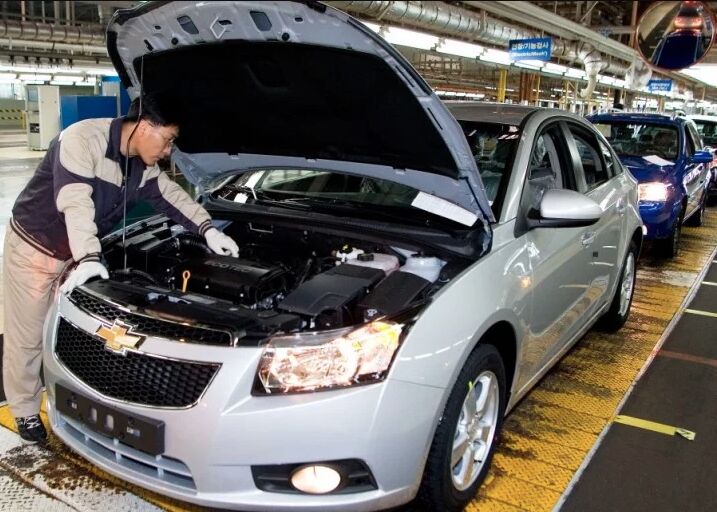
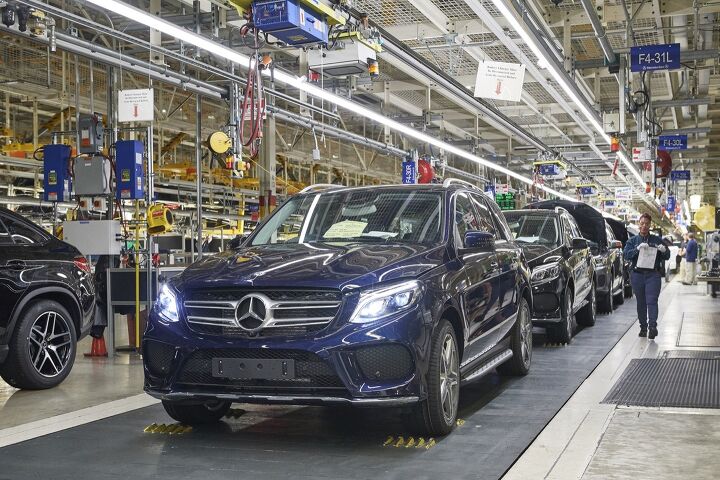





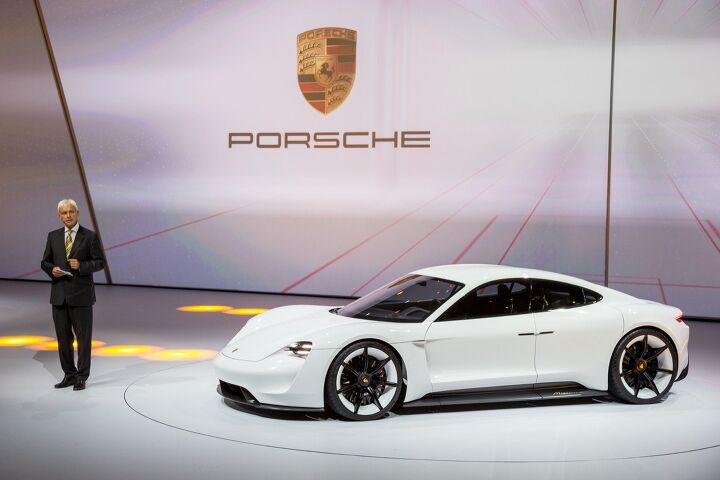
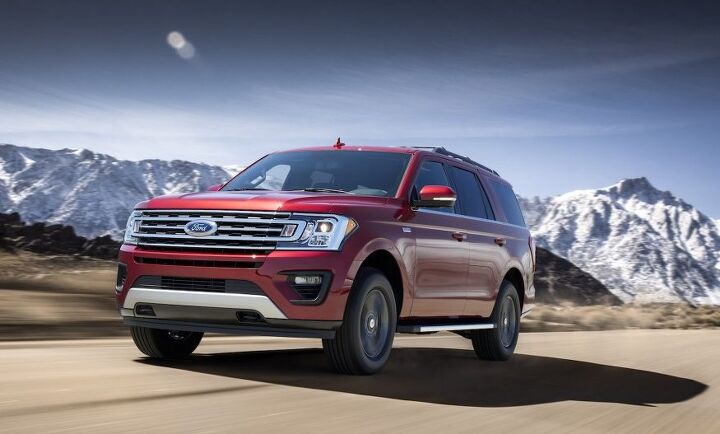


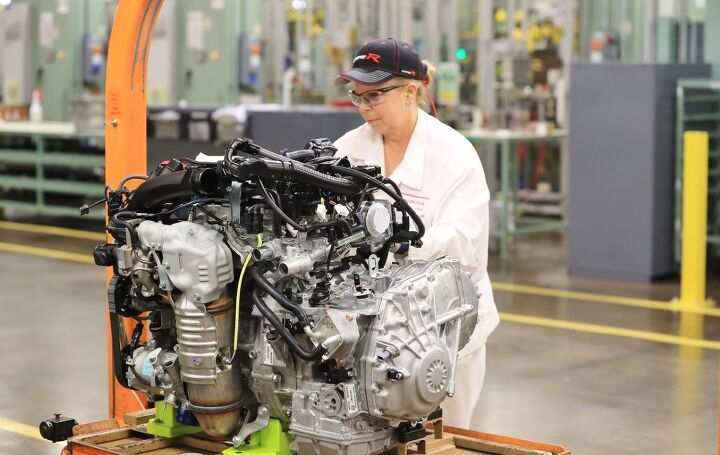
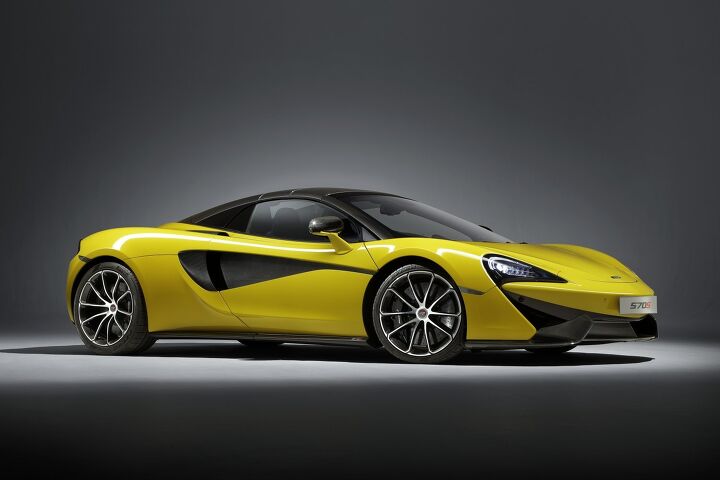












Recent Comments